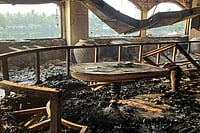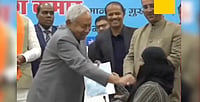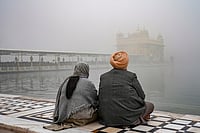This time there are two key factors that makes the electoral outcome picture a bit hazy: delimitation and the conspicuous presence of newly formed political parties. In the past, parties and politicians were well acquainted with the social composition of each electoral constituency and could nominate the right candidates. But this time the profile of several constituencies has changed. The new political groups in the picture, the BSP, actor Vijayakanth’s DMDK, the Manida Neya Makkal Katchi (MMK) etc have stirred up the pot.
Although no central issue has emerged, there are some factors that may influence voters. A random list would include the propaganda through TV channels owned by parties, the fate of Sri Lankan Tamils/LTTE, anti-incumbency and dynastic politics, the DMK’s family feuds, the rise of prices of essential commodities, the impact of a global economic slowdown, the sixth Pay Commission, national security and terrorism, the erratic power supply, the Sethusamudram canal project, the Okannegal drinking water project, the populist schemes like Re 1 kg rice, free colour TVs and gas stoves and finally the reservation for Muslims and the formation of a sub-quota for the Arunthathiyars.
The ruling DMK-led alliance have governed the state fairly well. Trouble began with the feud between the Sun TV media network owned by the Marans, the grand nephews of Karunanidhi and the patriarch’s family in 2007. The fight was over the publications of a series of opinion polls, including one on the second line of leadership by the Tamil daily Dinakaran, owned by the Sun group. The war finally resulted in the setting up of Kalaignar TV so that the DMK could challenge the Sun network’s monopoly. The family feud was finally resolved at the end of last year.
The Sri Lankan Tamils issue has also suddenly become important after a long time. But no single political combination can claim to be the sole representative of the Lankan Tamil cause. As a result, even if the issue surfaces hardly any party can capitalise on it in a big way.
Tamil Nadu’s umpteen satellite TV channels with direct party affiliations may also play a part. For the AIADMK, there’s Jaya TV for political propaganda. The DMK leadership now has two networks, Sun TV and Kalaignar TV, to manufacture consent. The Congress too has understood TV democracy, with Mega TV owned by TNCC president Thangkabalu, and Vasanth TV, owned by a prominent businessman close to the party. The PMK meanwhile has its own 24/7 channel, Makkal TV.
However, this time voting patterns seem dependent upon the strength of the committed party cadre rather than any real electoral issues. There will be a direct DMK-AIADMK contest only in 10 seats. Here the AIADMK has always relied on Jayalalitha’s charisma rather than the candidate’s stature. In the DMK, though the leadership’s charisma plays a part, the candidate’s standing is of some importance. Take Dayanidhi Maran vs the AIADMK’s S.S. Chandran in central Chennai. Maran has earned credit as a young dynamic Union minister but one still can’t make any categorical assumptions. For Chennai has thrown up surprises as voters swung differently in the last Lok Sabha and assembly elections. Both Dravidian parties also have strong social group equations. In general, the AIADMK has been closely identified with Brahmins, rural Dalits and the Kallers/Thevars. The DMK has maintained a caste balance in every category.
Other than the BJP and actor Sarathkumar’s All India Samadhuva Makkal Katchi, the DMDK is likely to encroach into the two main alliances. It’s difficult to predict whose votes they will cut into. Hence the outcome of the forthcoming Lok Sabha election is a riddle which conventional psephology cannot unravel.
(The writer is on the faculty of the Madras Institute of Development Studies)







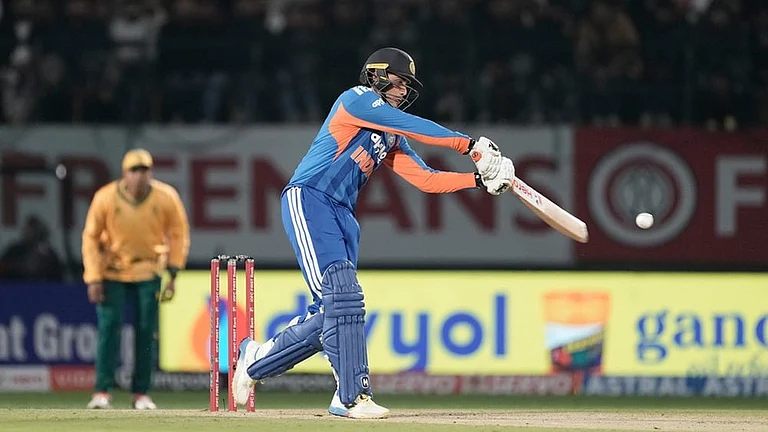
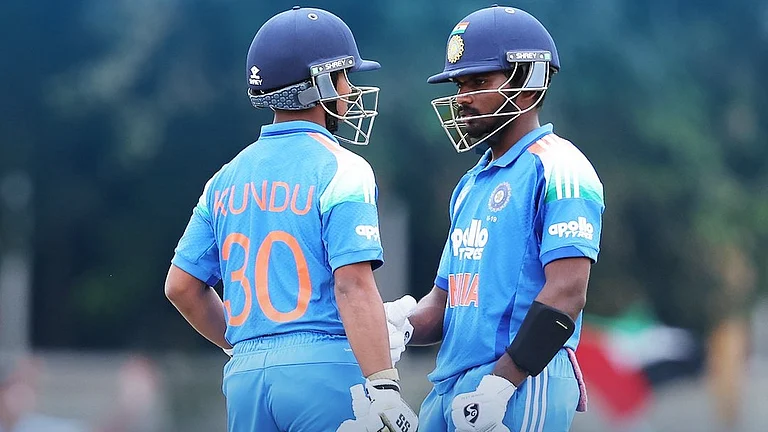
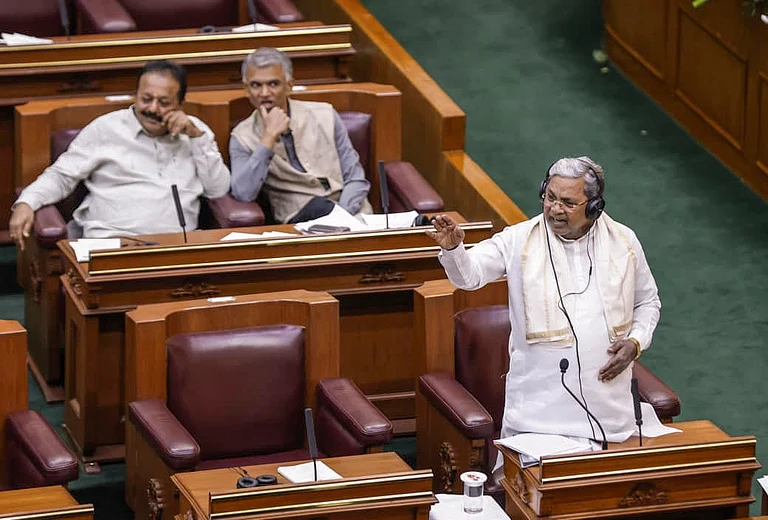


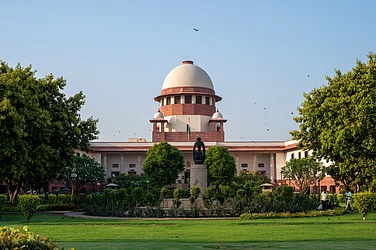





_.jpg?w=200&auto=format%2Ccompress&fit=max)
